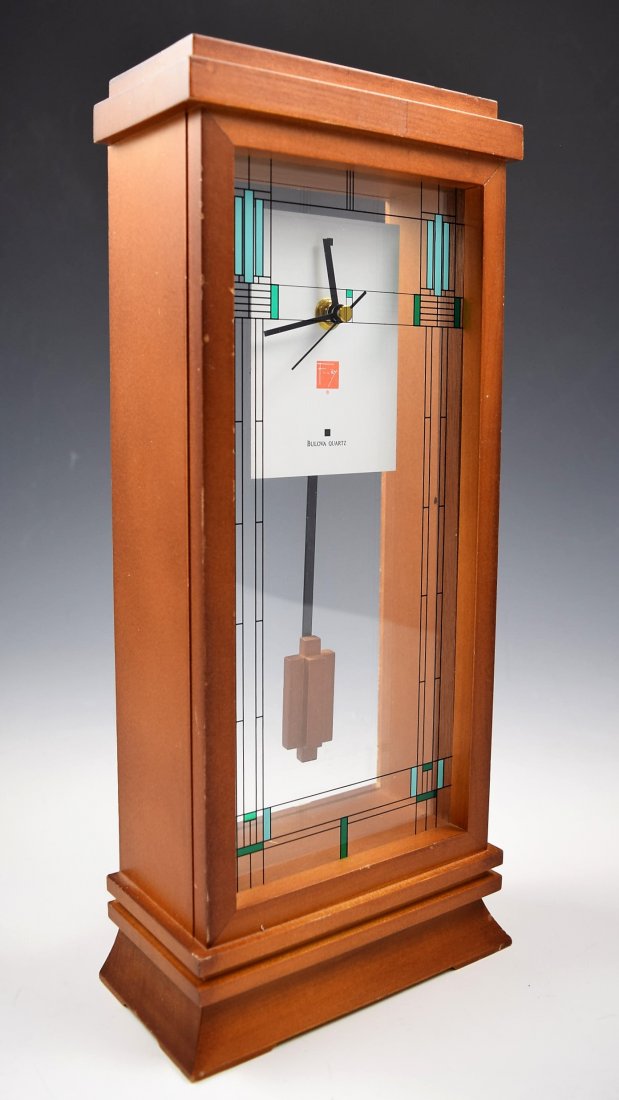

Bogk House is a single-family home, but Wright designed many duplex homes for Arthur L. Middleton: Herbert Jacobs House II (Solar Hemicycle).Lamp House Walter Rudin House and the Unitarian Meeting House Pew House Monona Terrace Community & Convention Center Robert M. Gilmore House (Airplane House) Eugene Van Tamelen House Herbert Jacobs House I John C. Wallis Summer House (Wallis-Goodsmith Cottage) Jones House (Penwern) & Barn with Stables George W. Beaver Dam: Arnold Jackson House (Skyview).Then discover more Wright architecture from Wisconsin, Minnesota, and Michigan listed here alphabetically by towns. Sign up to see Taliesin III, the Hillside Studio and Theater, Midway Farm Barns and Sheds, and various structures designed by students of the Taliesin Fellowship. The Taliesin Preservation organizes a number of public activities at Spring Green, including tours, camps, and seminars. Since 1932, Taliesin has been the home of the The School of Architecture at Taliesin, which offers graduate-level training and the chance to become a Taliesin Fellow. Wright was of Welsh descent and chose the Welsh name Taliesin to describe the "shining brow" placement of his architecture upon the land-not on a hill but of the hill. Wright was rooted in Wisconsin, and one of his most famous homes, shown here, is in the community of Spring Green. Many structures are located where Wright lived and worked as a young man, in the Ohio Valley region, but this journey begins in the Upper Midwest and Great Plains-in Wisconsin, where Wright was born. This informal index is organized by traditional regions well-known to travelers of the United States. As Wright stated: "We must perceive architecture, if we are to understand it at all, to be a spirit of the spirit of man that will live as long as man lives." "Building upon the land is as natural to man as to other animals, birds, or insects." Wright believed architecture is formed by the human spirit, and that a mere building does not know this spirit. "The land is the simplest form of architecture," Wright wrote in 1937. This listing is more of a catalog as opposed to a visual portfolio of Wright's work.Ĭountless other fine buildings-not on this list-have been inspired by Wright's structures. Included are all of the intact (still-standing) structures designed by Wright and built during his life and under his supervision, a sampling of noteworthy buildings designed by Wright but not constructed until after his death, and a few of the iconic buildings that no longer stand or are outside the U.S. This list includes must-see Wright buildings in every region of the United States. Many sites have been demolished, but more than 400 Wright-designed buildings still stand.

All Wright design styles are here: Prairie School, Usonian, Organic Architecture, Hemicycle, Fireproof Homes, and American System-Built Homes.ĭuring his lifetime, Wright (1867-1959) built hundreds of homes, museums, and office buildings. From the spiraling Guggenheim Museum in New York City to the sprawling Marin County Civic Center in California Wright architecture is on display, and this list of Wright-designed buildings will help you find where to look.

Frank Lloyd Wright buildings can still be seen from coast to coast, across the United States.


 0 kommentar(er)
0 kommentar(er)
